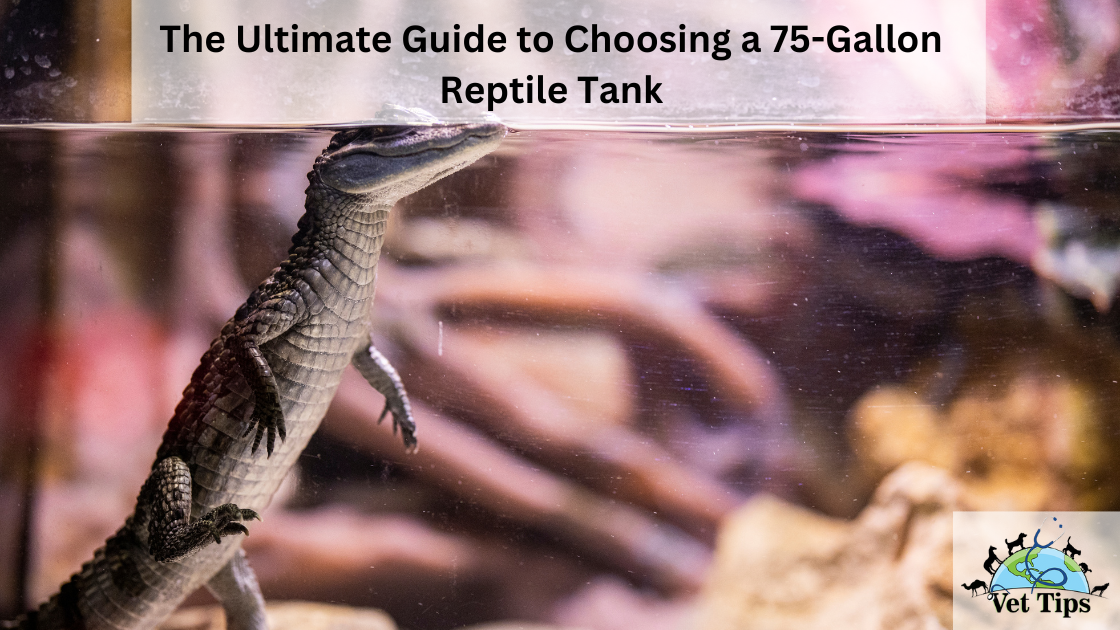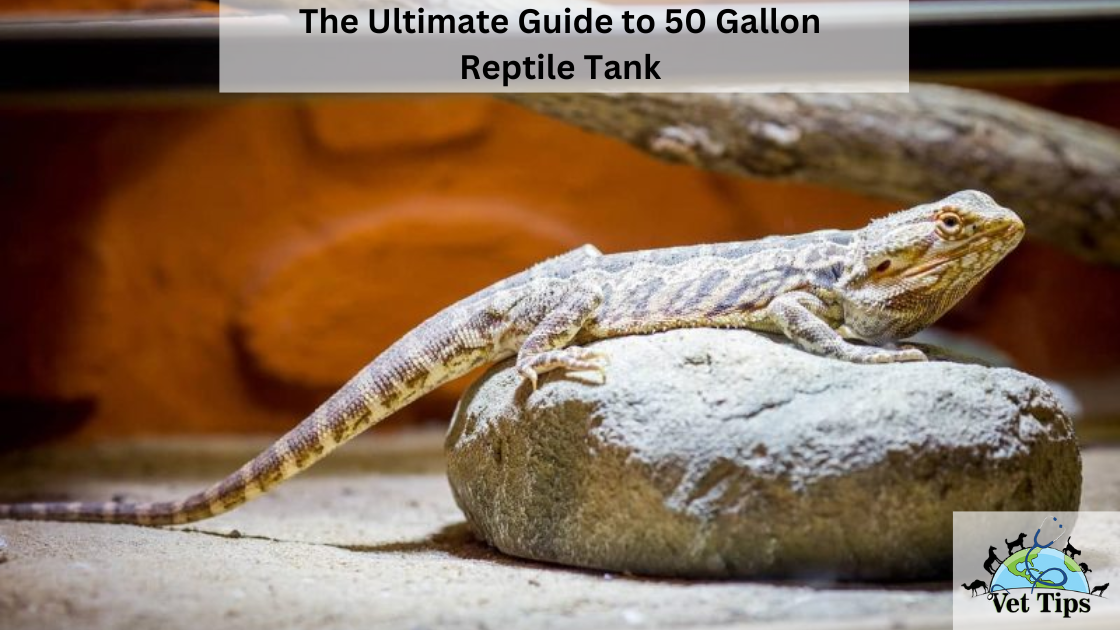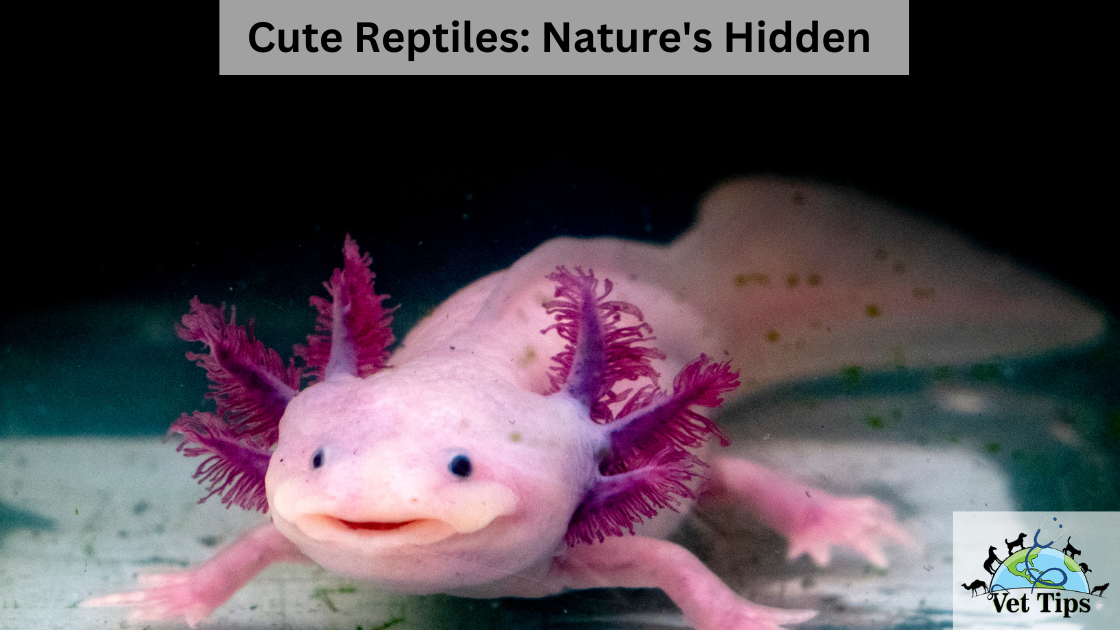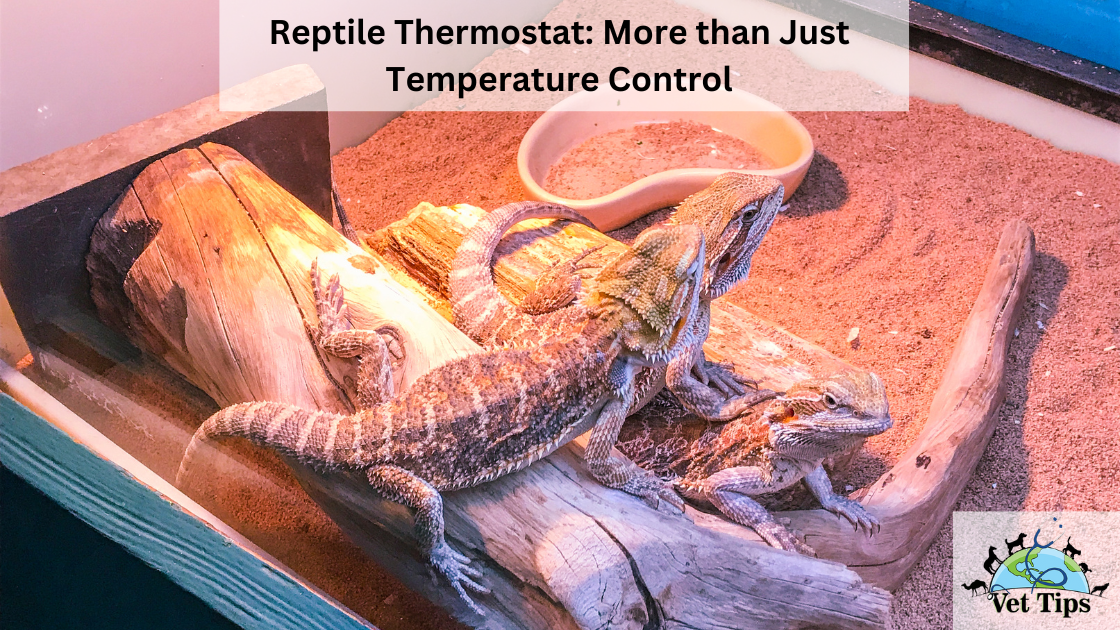Are you thinking of relocating your reptile companion to an environment? You needn’t look much farther than a reptile tank that’s 75 gallons in capacity! In this article, we will go deeply into the world of 75-Gallon Reptile Tank; comparing various solutions, giving you with enlightening graphs and tables, and answering commonly asked concerns to assist you in making an educated choice.
Creating a Natural Habitat
A tank with a capacity of 75 gallons gives you the option to recreate a natural environment for your reptile, which is one of the most significant benefits of owning such a tank. You are able to create a setting that is eerily similar to their natural habitat by placing rocks, branches, plants, and even a water feature in an area that is so large. This not only improves the beauty of the cage, but it also contributes to the emotional and physical health of your pet.
Temperature Gradient
The health of reptiles is dependent on properly maintaining a temperature gradient, which may be made much simpler with a tank that holds 75 gallons of water. At one end of the tank, you could create a warm basking region, and at the other end, you could create a chilly section. Because of these differences in temperature, your reptile will be able to automatically control its body temperature by wandering between the warm and cold zones, just as it would if it were living in the wild.
Room for Socialization
If you want to keep numerous reptiles in the same location, a tank with a capacity of 75 gallons provides sufficient room for everyone. Be sure, however, that the species you wish to maintain together are compatible with one another and have environmental needs that are comparable to their own. A sufficient amount of space decreases the likelihood of territorial conflicts and tension among the population.
Energy Efficiency
In spite of the fact that purchasing a larger tank can at first appear to be a major financial expenditure, there is some evidence that doing so could result in improved energy efficiency. It is common for larger enclosures to have higher heat retention, which reduces the requirement for continuous heating, particularly during the winter months. This may result in lower monthly costs for your energy bills in the long run.
Environmental Enrichment
A tank with a capacity of 75 gallons offers adequate space for the improvement of the surrounding environment. You may set up a number of hiding places, construct various climbing structures, and even make a little jungle out of real plants. This not only encourages natural behaviours in your pet reptile, but it also helps the cage look more pleasant to the eye.
Within the scope of this detailed guide, we investigated the world of 75-gallon reptile tanks, discussing their benefits, contrasting them with other, more compact housing alternatives, and providing answers to frequently asked issues. This size of cage provides an adaptable and roomy home for your scaly companion, regardless of your level of expertise as a keeper of reptiles.
Keep in mind that picking out the perfect habitat for your reptiles is only the first step. Maintaining your pet’s health and pleasure requires that you provide them with the appropriate care, which includes providing them with the appropriate temperature, lighting, nutrition, and regular maintenance. Always be sure to do study on the unique requirements of the kind of reptile you own to guarantee that they do well in their new environment.
A 75-gallon reptile tank offers your reptilian buddy an atmosphere that is not only pleasant but also stimulating, comfy, and interesting. If you purchase an enclosure of this size, in addition to providing a roomy home for your pet, you will also be able to use it as an attractive focal point in either your private residence or your place of business. Take pleasure in the process of providing care for your reptile and seeing it thrive in its new, expanded surroundings.
Comparative Analysis
The size of the tank is an important consideration when choosing one for a reptile. Your scaly friend will flourish in the ample space that is provided by a reptile tank that is 75 gallons in capacity. Let’s take a more in-depth look at how it compares to some other typical enclosure sizes, shall we?
1. 10-Gallon vs. 20-Gallon vs. 75-Gallon Tanks
| Tank Size | Suitable Species | Pros | Cons |
| 10-Gallon | Small reptiles | Compact, space-saving | Limited room for growth |
| 20-Gallon | Small-medium | More room to explore | Not suitable for larger reptiles |
| 75-Gallon | Medium-large | Ideal for various reptile species | Requires more space and maintenance |
As can be seen, the reptile tank with a capacity of 75 gallons offers sufficient area for a broad variety of reptile species, contributing to their overall health by ensuring that they have the room to roam around, hide, and bask in the sun.
2. Glass vs. PVC Enclosures
The material that the enclosure is made of is also an important factor to take into account. Glass and PVC are two common material selections. Comparing the two is a good idea:
Glass Enclosures
Pros:
- Excellent visibility for observing your pet.
- It is simple to clean and maintain.
- It is sturdy and long-lasting.
Cons:
- Heavy and can be challenging to move.
- It has a tendency to trap heat, which necessitates the provision of extra ventilation.
- It can be more expensive than PVC.
PVC Enclosures
Pros:
- Lightweight and easy to move.
- Good heat insulation, reducing energy costs.
- Typically offers better value for the money.
Cons:
- Limited visibility.
- May require additional lighting for your reptile.
Tables
Now, let’s go into some research to assist you get a better picture of the advantages of keeping reptiles in a tank that’s 75 gallons in capacity.
| Aspect | 10-Gallon | 20-Gallon | 75-Gallon |
| Cleaning Frequency | High | Moderate | Low |
| Temperature Control | Challenging | Adequate | Efficient |
| Decoration Options | Limited | Varied | Abundant |
The information shown in Table 1 illustrates that a 75-gallon reptile tank requires less frequent cleaning, provides excellent temperature management, and gives a wide variety of alternatives for decorating and enhancing the habitat of your pet.
FAQs
1: What kinds of reptiles may be kept in a tank that holds 75 gallons of water?
Bearded dragons, ball pythons, boa constrictors, and big geckos are just few of the several types of reptiles that may be housed in a tank with a capacity of 75 gallons. For the sake of the comfort of your selected reptile, it is absolutely necessary to conduct study into their individual needs.
2: How can I keep the humidity level in my 75-gallon reptile tank at the appropriate level?
When dealing with a bigger tank, it might be difficult to keep the humidity levels stable. Here are a few helpful hints:
- Start with a good reptile substrate that can keep the moisture in the air.
- Install a misting system that can be relied upon.
- Put in a hygrometer so you can keep track of the relative humidity.
- Offer your reptile a place to hide that is moist.
3: Are there any disadvantages to keeping reptiles in a tank that’s 75 gallons in capacity?
It is important to take into consideration the size and weight of a 75-gallon tank since, despite its many benefits, it has a very large footprint. Check that this enclosure won’t take up too much room in your house and that the floor will be able to handle the weight of it. In addition to this, the initial cost could be more when compared to the cost of smaller enclosures.
Tell us in the comments, how you like our article “The Ultimate Guide to Choosing a 75-Gallon Reptile Tank”
For similar posts like this, click here.
For the source file, click here.




